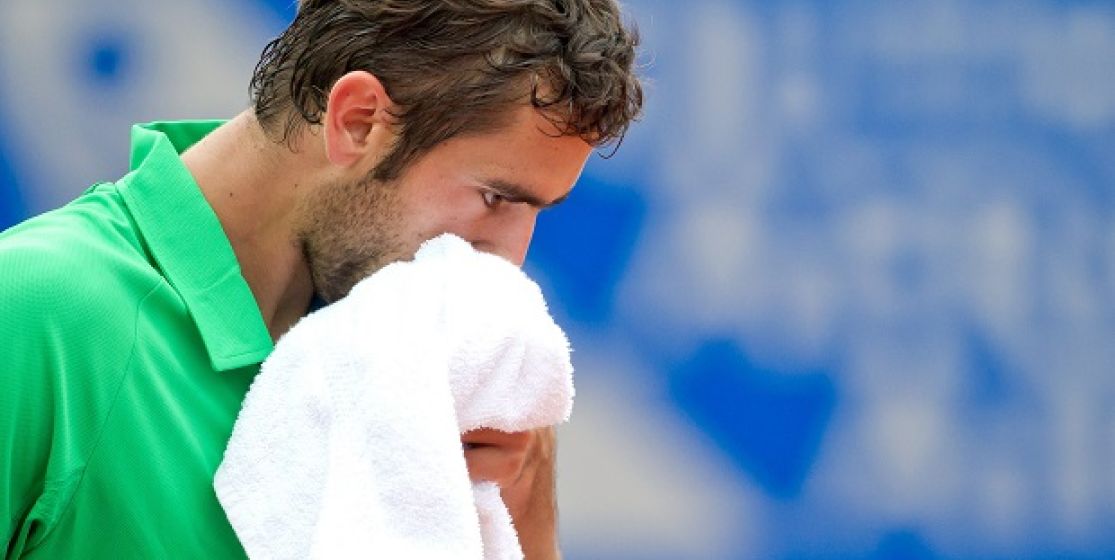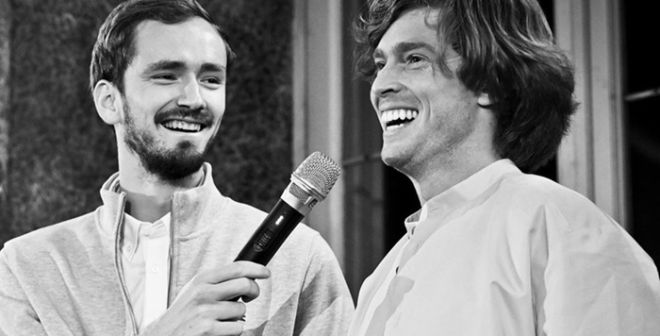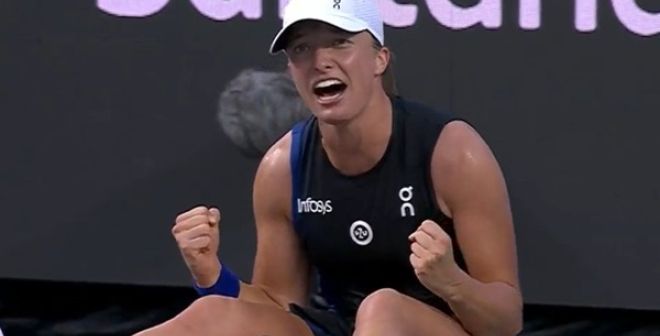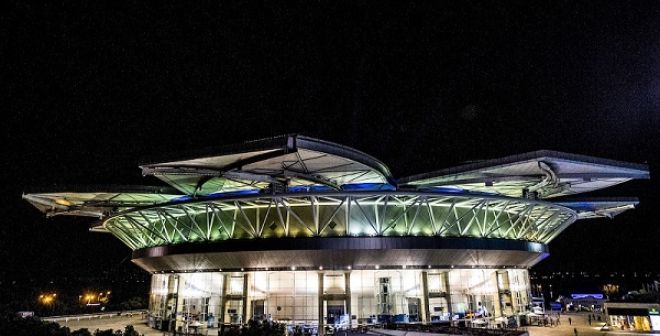It's the president of the International Federation, Francesco Ricci Bitti, who said it: "Tennis is a sport where doping doesn't have a direct impact on the performance." As this may explain that, the world of the yellow ball is preserved of the scandals that touch the world of sport. While Marin Cilic has just been sentenced to a nine-month suspension after being tested positive, we decided to go back to the rare cases reported over the decades.
1/ The boisterous granddads
The elders are not always wiser than their offspring. Even before the term "doping" emerged in the sports vocabulary, some great names were already using prohibited substances, or soon to become. A slight difference proving to be of importance in terms of legislation - as Svetlana Kuznetsova experienced it in 2004, when she was tested positive to ephedrine... however during an exhibition match in Belgium so outside the professional tour. Phew! That same year, John McEnroe in person threw a cat among the pigeons by announcing he had used steroids during his career. But the first doping case ever recorded goes back to the long gone hours of amateur tennis: the Spaniard Andres Gimeno acknowledged receiving testosterone injections in 1959!
2/ The « recreational» ones
Richard Gasquet (2009) and Martina Hingis (2007) haven't invented anything: in the spring of 1995, Mats Wilander and Karel Novacek were tested positive for cocaine while they were playing the double at Roland Garros together. The Swedish legend, seven Grand Slam titles to his name but in the twilight of his career, claimed the "recreational" use of the product in question, rather than any desire to improve its performance. In any case, he chose to end his career a few months later. Same story for Andre Agassi, tested positive for methamphetamine in 1997: the American wrote a letter of apology to the ATP where he explained his self-loathing at the time and saw the organization forget about it in a surprising display of compassion.
3/ The first "real" positive control
Back in 1996, Ignacio Truyol was 23 years old and more than his four victories on the big tour, it's for his positive control for anabolic steroids that he went down in history: he was indeed the tennis player officially "caught by the patrol." The Spanish left-hander player got sentenced to a year of suspension. He was never able to regain the level of almost-Top 100 he was reaching at the time of sanction.
4/ The top player
The Truyol case was nothing compared to what awaited the tennis world when, in 1998, Petr Korda tested positive for nandrolone. The Czech, great hope of tennis in the early 90s - finalist at Roland Garros in 1992 - reached a belated recognition by winning the Australian Open in January 1998, at 30 years old. The following months, he went several times a handful of games away of becoming world No. 1. Until he got tested positive during Wimbledon, a test, which was, of course, contested by the player in a trial, ensued between the Court of Arbitration for Sport (CAS) and the winner of Melbourne. Meanwhile, he continued to play. To the point of seeing the situation deteriorating on the tour: Back in Australia in 1999, Korda lived a globally broadcast affront when the Spaniard Galo Blanco refused to greet him after his defeat in the first round. "I don't shake hands with cheaters," he said. The Czech finally decided to put an end to his career a little later in the season. He remains to this day the only Grand Slam winner to have been tested positive.
5/ The Argentine epidemic
Hard times for the Gauchos. While tennis entered the twenty-first century, Argentina saw its best players dropping like flies: 2000, Juan Ignacio Chela, steroids; 2001, Guillermo Coria, nandrolone; 2003, Mariano Puerta, clenbuterol; 2005, Guillermo Canas, hydrochlorothiazide; 2006, Mariano Hood, finasteride. Not to mention the recidivism of Puerta in 2005, in the evening of his lost final at Roland Garros. Tested positive to etilefrine, the Buenos Aires left-hander player got sentenced to an eight-year suspension, finally reduced to two years. The first victim of Rafael Nadal in the Paris final tried to return to the tour in 2007, but it wasn’t the sensational comeback he did two years earlier.
6/ The ones doped by the ATP...
2003, the thunderclap. The ATP announced that seven players were tested positive for nandrolone between August 2002 and May 2003. Only one name was disclosed, namely Bohdan Ulihrach, former world No. 22. However, nobody was ever sanctioned: a few weeks later, the association of professional players issued a press release explaining to be the first guilty of these controls. The prohibited product was a component of dietary supplements given to players in case of dehydration... by the official ATP physio. All sanctions were then cancelled for Ulihrach and his six colleagues, and the offending drug proscribed of the tour's physio pharmacies.
7/ …and the big mouth
The previous case had however not finished to cause trouble. In July 2003, it saw a sudden new development when the Briton Greg Rusedski was also tested positive for nandrolone at the Indianapolis tournament. The finalist of the 1997 U.S. Open didn't get flustered: he claimed to be in the same situation as his seven colleagues, accidentally doped by a physiotherapist of the ATP. At the same time, he occupied the ground and took the media by storm at a press conference: "To my knowledge, half of the top 100 use illegal products." The Canadian-born was to be cleared the following March and continued his career.
8/ The last cases to date
The 2013 season saw the comeback of the doping topic during the tour on clay. It was first the Serbian Viktor Troicki, former world 12th, who was sentenced to an 18-month suspension due to his refusal to submit to a blood test at the Monte Carlo tournament. Two weeks later, in Munich, the Croatian Marin Cilic, former World 9th, was tested positive for nikethamide, a respiratory stimulant, and was therefore suspended for nine months. Like all his predecessors, he invoked "an accident" and promised that he will "be careful next time."






